Long overdue read
… and strong contender for favorite Hulk story.
… and strong contender for favorite Hulk story.

Another stellar issue of one of the best series out there. Heart, intelligence, humor, action, family: always at the top of the to-read stack.
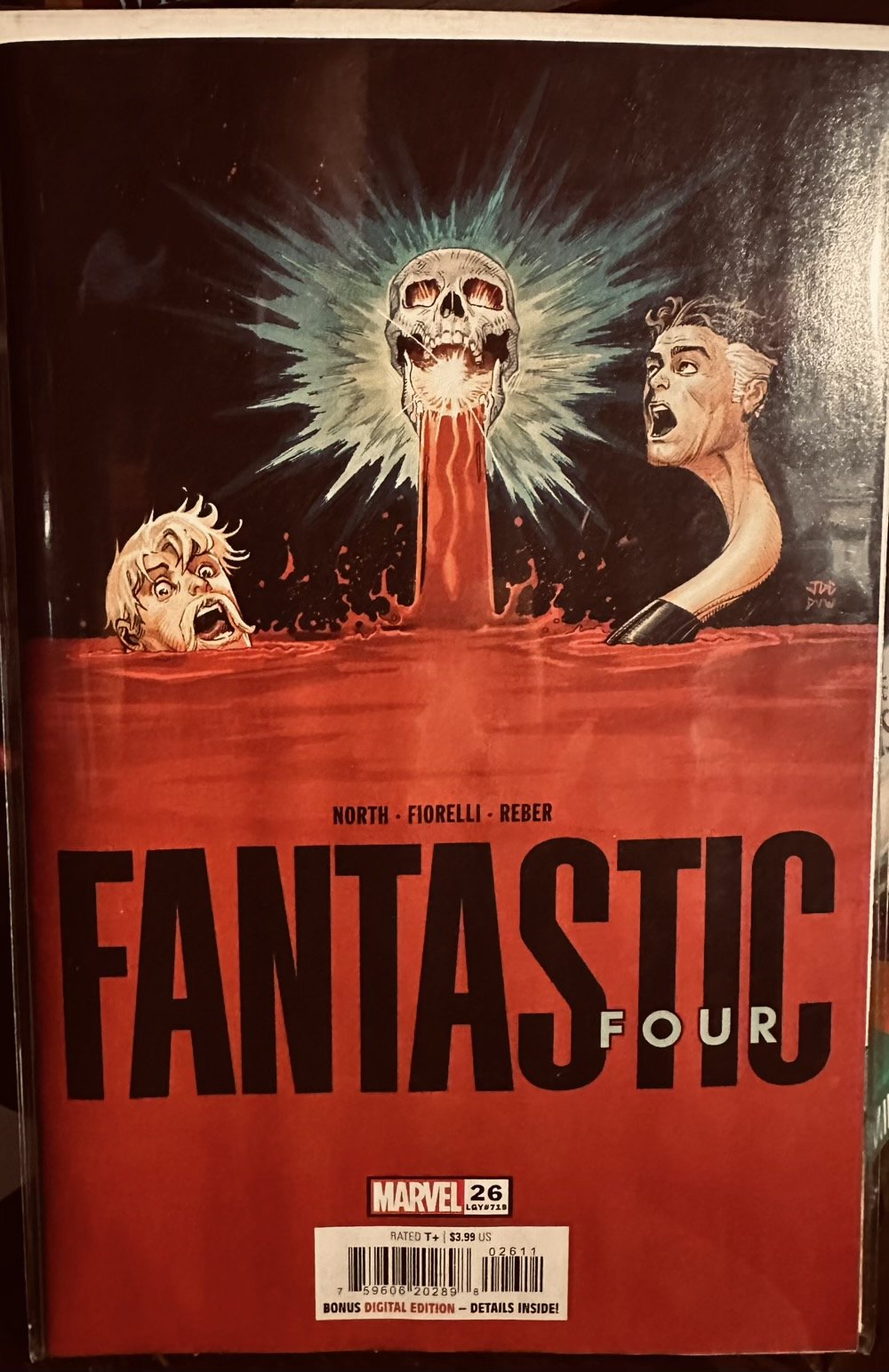
Latest addition my little original comics art collection, Vanesa Del Rey’s stunning first page to her story with Benjamin Percy, “The Empty Tomb,” from the second issue of Marvel’s MOON KNIGHT: BLACK, WHITE, AND BLOOD. Love her work.
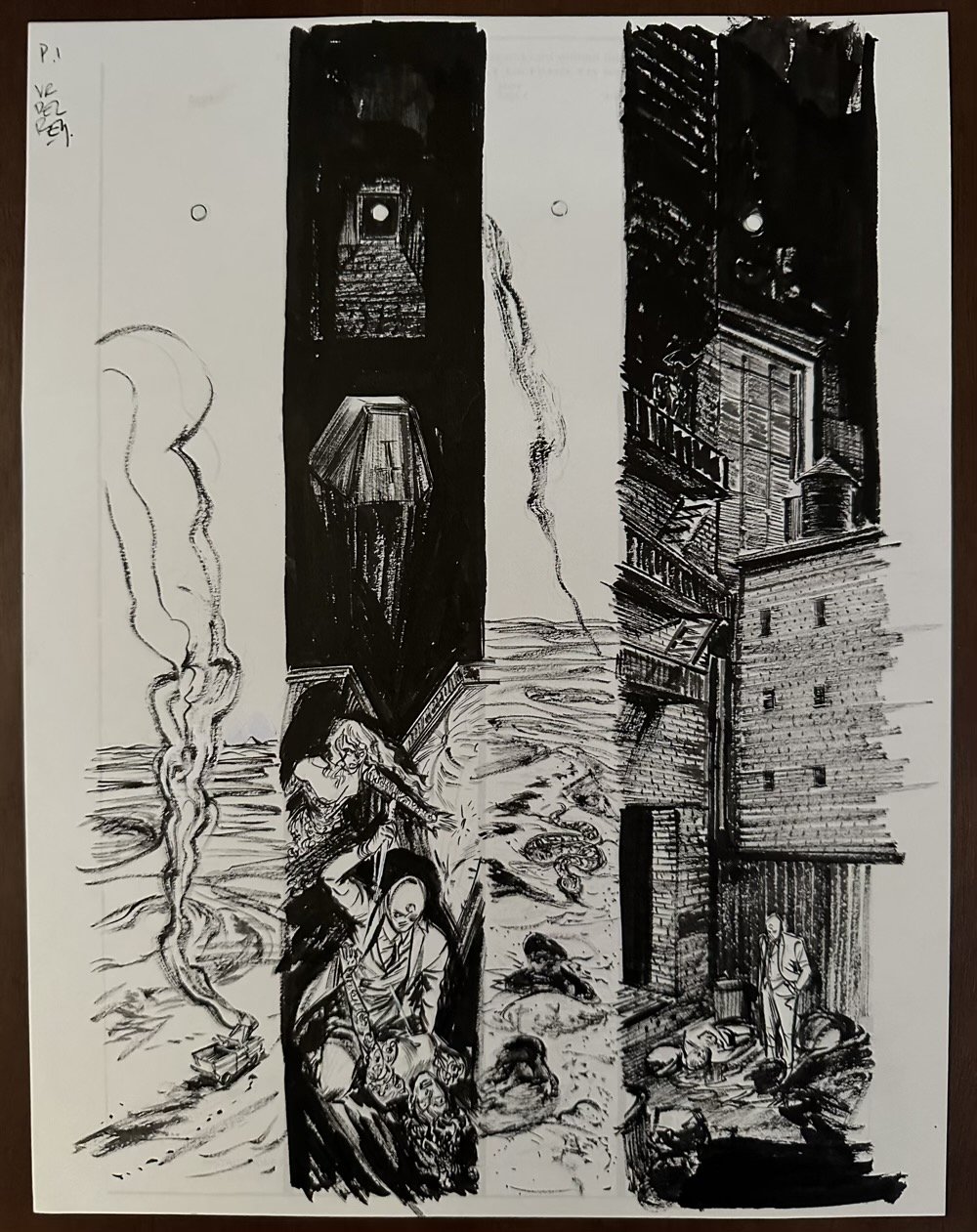
Each week, I make a blind pull from Siri's (randomized) choice of one of the 35 alphabetically-organized shortboxes that constitute my comics collection, (re-)read it, talk about it, and, on (or about) Wednesday, post whatever emerges; you can subscribe via RSS, Apple Podcasts, or your preferred podcast delivery system. This week: DOOM SERVICE / DOOM SERVICE / DOOM SERVICE(!)
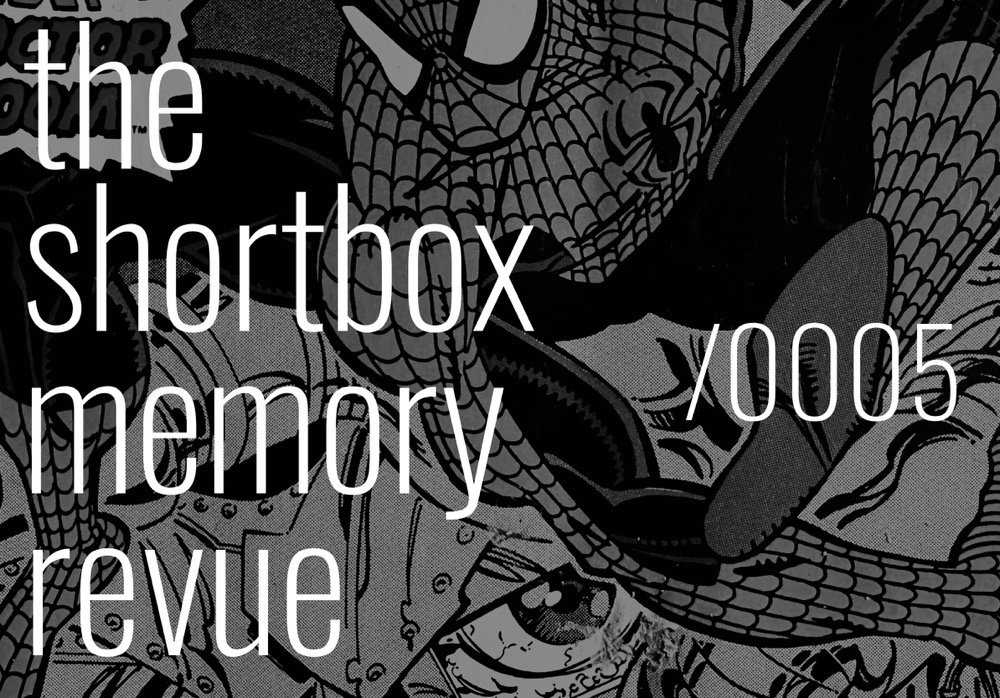
Befitting my endless fascination with outré and small narrative delivery systems, I finally added a set of these wonderful little gumball prizes to The Collection: produced in 1966, the Mini-Books won the Guinness World Record for the smallest books ever made, an honor which I believe they still hold. In the pics below, you can see just how small these little things are. Ordered the recent Abrams facsimile set (featuring Mark Evanier commentary) so I can actually peruse them without worry of them falling apart. Beautiful little examples of comics – and the Marvel Age of comics – history.
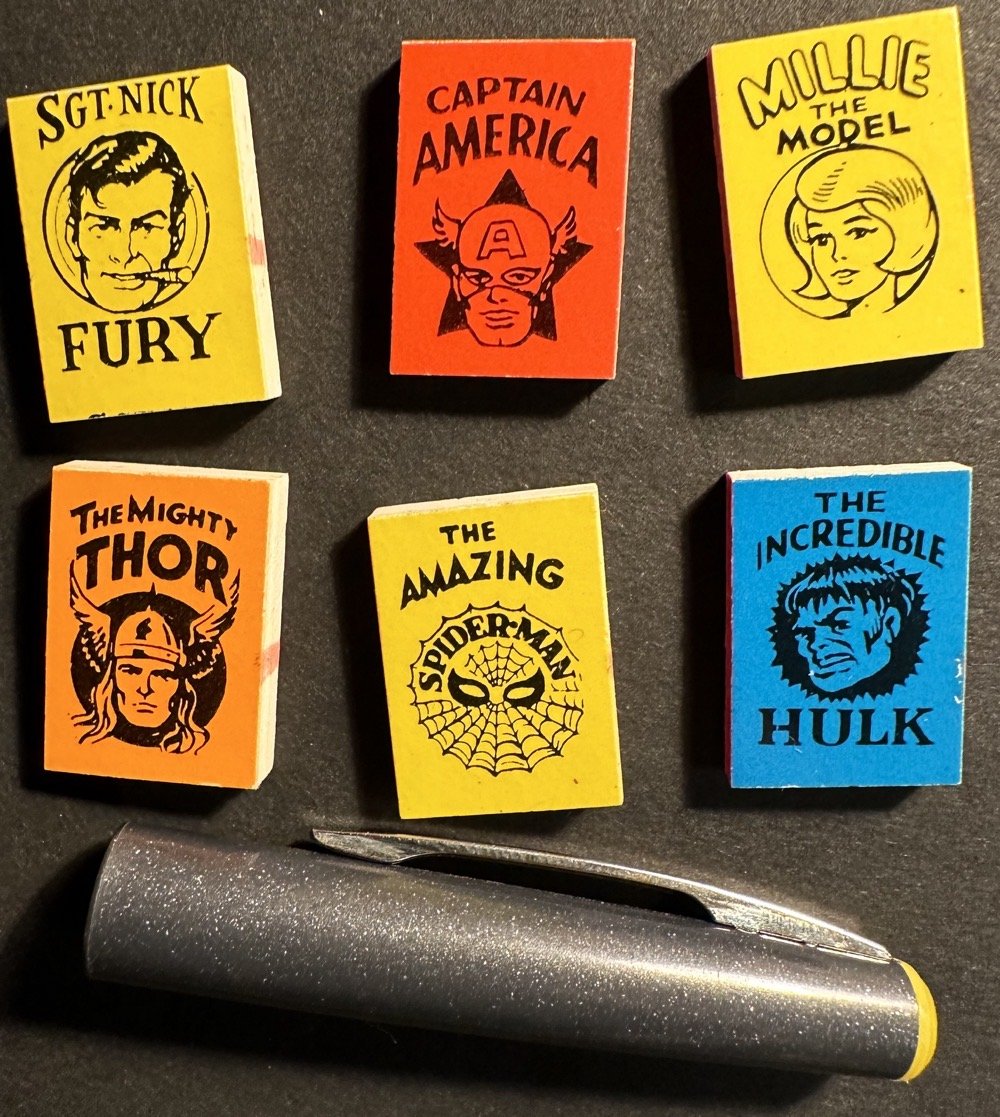
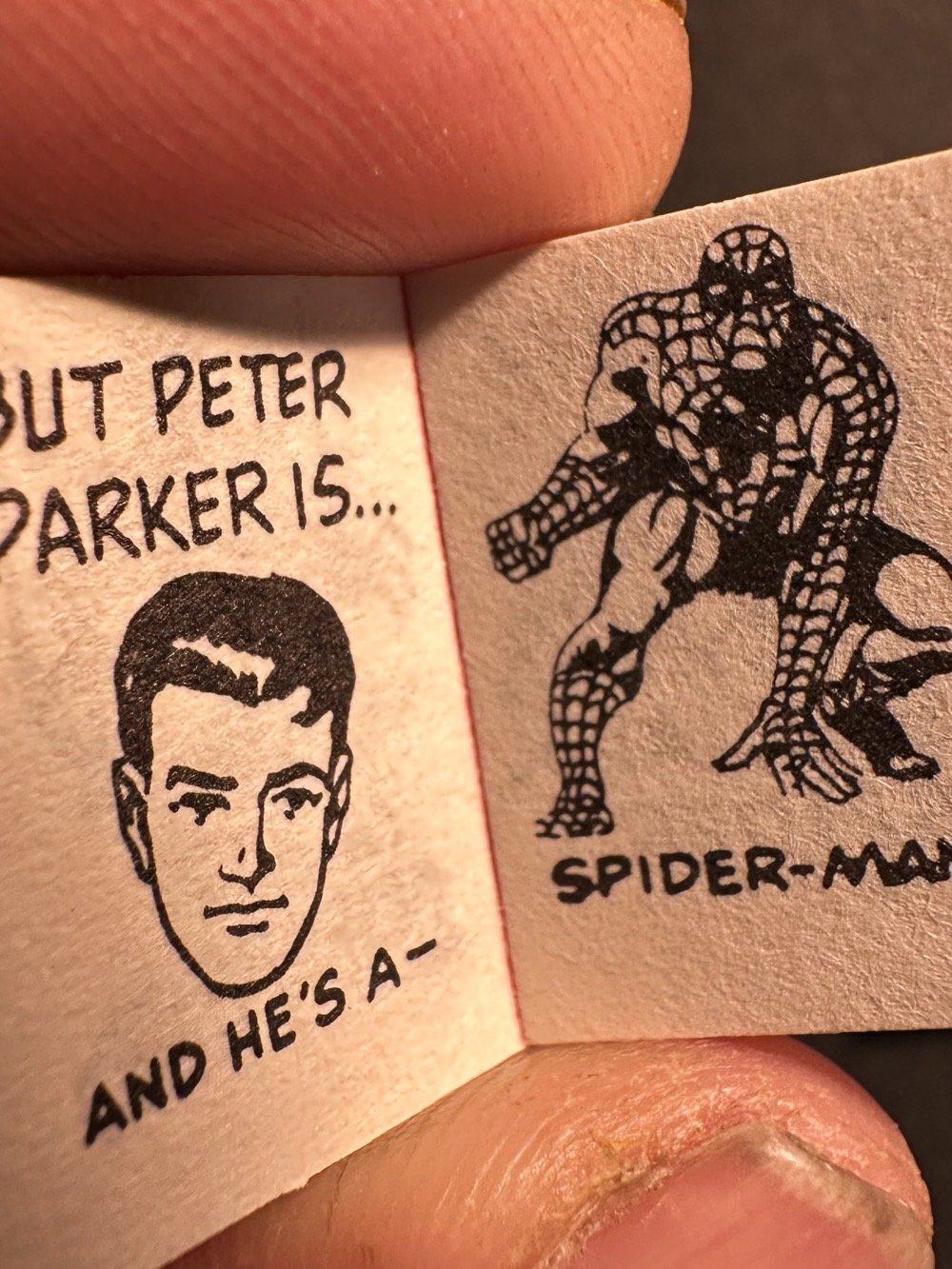

Favorite Marvel series since WANDAVISION: fantastic performances all around, especially from Alaqua Cox and D'Onofrio whose father/daughter dynamic proved particularly affecting. Wears its TV-MA proudly, especially in the first few episodes (the DD fight was solid), but waters things down (Skateland being its last great action moment) by the end of its brisk five-episode run. Ending elicited a solid cheer, but given its earlier penchant for gritty, weighty action, I'd hoped for something to rival the DD/Fisk throwdown at the end of Netflix's first (and still best series of Marvel TV) season of DAREDEVIL: there was room for it – emotionally (even more so than DD, TBH) and run-time wise (36 minutes for the final episode seemed a bit too brisk), certainly. Wouldn't have diluted the power of the denouement. That being said, hope we get more: Alaqua Cox's Maya is, by far, my favorite addition to the Marvel pantheon in the D+ era.
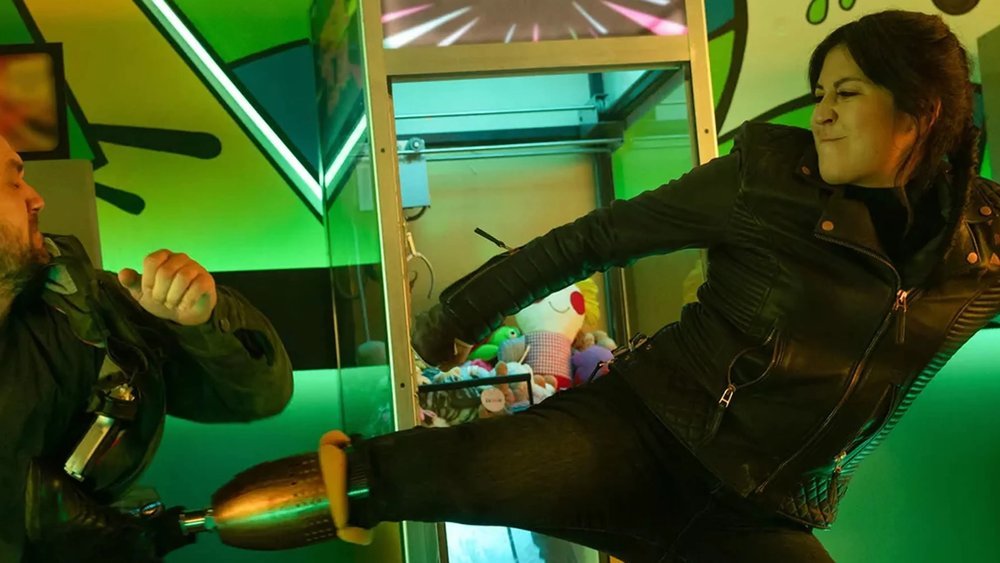
At last, not only a Spidey book on the pull list, but a Hickman book. With the exception of his debut, THE NIGHTLY NEWS, I've mostly tuned out of the Hickman renaissance – including the entirety of his X-MEN run (in my defense, I wasn't really reading comics at that point); G.O.D.S. which failed, in every respect, to grab me; and ULTIMATE UNIVERSE, which followed suit (Note: probably would have been better had I read ULTIMATE INVASION; will add those issues to my list). Here, though, I get it: this is the perfect collision of writer and artist and mythology (FWIW: I couldn't care less if Peter is married or not: my objection to him not being married in the mainstream continuity is how it was accomplished, for lack of a better word) and willingness to push into new and daring and exciting areas: it's the first time the Ultimate Universe hasn't read like proto-MCU since its inception. Early mid-life crisis Spidey is something new, something intriguing. This is a special book that lives up to the hype and then some: I'm in it for the long haul – and will most definitely be giving the other upcoming Ultimate books (BLACK PANTHER / X-MEN) a try.

Every Wednesday morning, I make a blind pull from Siri's (randomized) choice of one of the 20 alphabetically-organized shortboxes that constitute my comics collection, (re-)read it, write about it, and publish whatever emerges. Earlier installments live here.
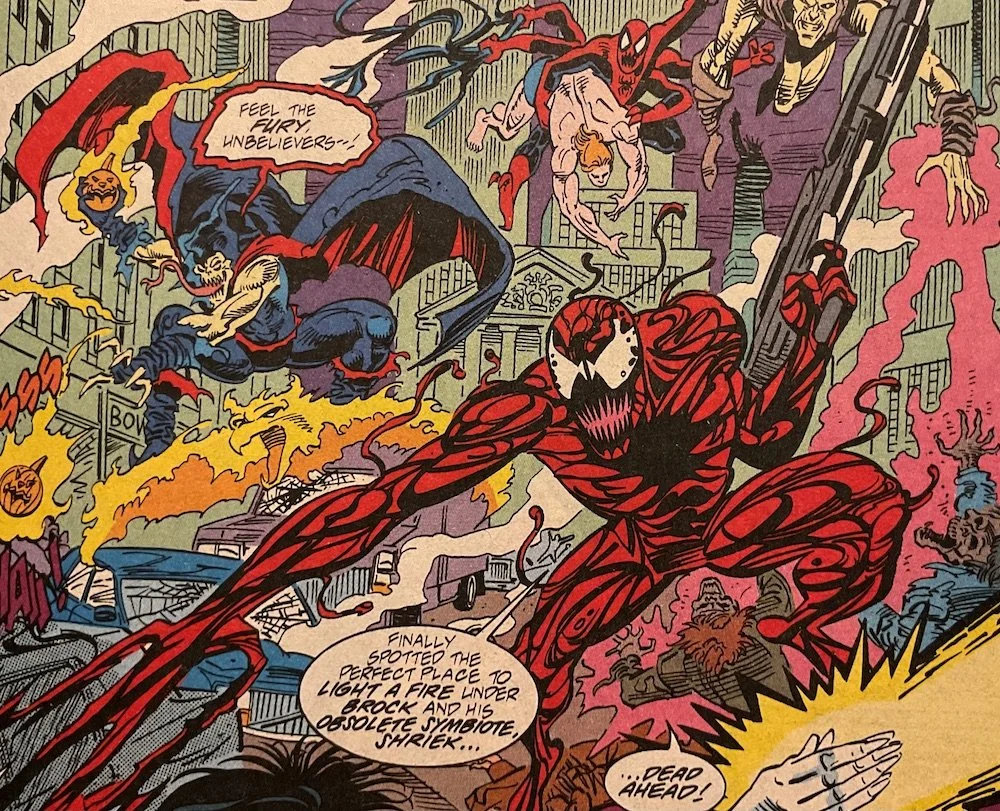
(Box19): The more I encounter '90s Marvel (though DC was guilty of it too) comics in these Wednesday blind pulls, the more I'm amused by how every character's dialogue has the same rhythm: to imagine each being read by Paul Soles (Spidey's voice in the '67 animated series) is not only not a stretch, but adds an even deeper amusement (MJ and Peter's connubial woes, for example, are brilliant in a Soles voice; little wonder writers of the time wanted to ixnay the marriage – though that doesn't mean I agree with the decision).
But: MAXIMUM CARNAGE! And it was, indeed, Maximum, even down to the length of the crossover 14 parts... which would then prove to be not MAXIMUM enough, what with two-year-long CLONE SAGA a year in the future (but I'm sure I'll get to some of those issues as I do more of these). And this issue, in particular, opened with CARNAGE WITH A BIG GUN.
MAXIMUM!
Derision of the MAXimal thereness of much of the issue aside (being part ten of 14 tends to do that), I do have to mention here that Alex Saviuk draws one hell of a Spider-Man: his action scenes (of which this is wall-to-wall) MOVE and he can capture small emotional beats that would otherwise be (and were) glossed over in the hands of lesser artists. Should be mentioned as one of the definitive Spidey artists.
But yeah, Carnage with a big gun. Probably could have led with that and saved both of us some time. MAXIMUM time.
Well, that's over.
Hodgepodge of standard climactic tropes ploddingly executed.
Guess 05 was a fluke.
On the other hand, I suppose Phase-whatever of the MCU being a war between the forces of Julia Louis-Dreyfus and Olivia Colman isn’t a terrible thing but still…
Every Wednesday morning, I make a blind pull from Siri's (randomized) choice of one of the 20 alphabetically-organized shortboxes that constitute my comics collection, (re-)read it, write about it, and publish the resultant review / memory / whatever. Earlier installments live here.

(Box09): Of all the "greats" in comics, Lee and Kirby's FANTASTIC FOUR (or, Kirby’s FANTASTIC FOUR with Stan Lee dialogue) has been something of a blindspot for the entirety of my collecting days and decades: I've read an issue here and there – the earliest issues, the greatest of the greats, No. 51 (This Man, This Monster), among others – and, in each case, doing so reminds me a.) how good the Fantastic Four can be, and, b.) to just buy that omnibus.
The more I've reacquainted myself with Marvel's 1960s output the more it's become clear that there are really only a handful of stories being told – the hero is a coward!? the hero(es) lose their powers! the hero quits!? the heroes fight each other! the heroes team up! the hero's life outside the mask impedes on the life in the mask! among others – under an overarching villain-of-the-month plot (the "filler" issues being largely nothing more than a villain-of-the-month): the brilliance of 1960s Marvel was in their ability to stack and transpose these plots to different characters and combinations of characters while keeping everything within the parameters of each character (even though everyone sounds like Stan Lee, FELLA! PAL!, the overlording Jobs in a bullpen of genius Wozniaks) and the nascent Marvel Universe as a whole: in this case, the FF lose their powers and team up with Daredevil (who had popped in to help the FF with their wills) to defeat Doctor Doom who, by the end of this issue (I've also got issue 40 in the boxes, so I might cheat and read ahead) has, after being de-hypnotized by a Latverian court hypnotist, learned the truth and is ready to (in what I'm sure will be his undoing) toy with the powerless FF before slaying them all once and for all and ensuring the world knows who did said slaying; a tree falling in the forest Doom is not.
While I wouldn't consider this to be among the greatest of the great FF adventures, it's nonetheless an idea-packed explosion of creation and drama that sings and thrills as only mid-60s Marvel could do. Will it spur me to finally devour the rest of the Lee / Kirby run? In theory, it absolutely should. In practice? TBD.